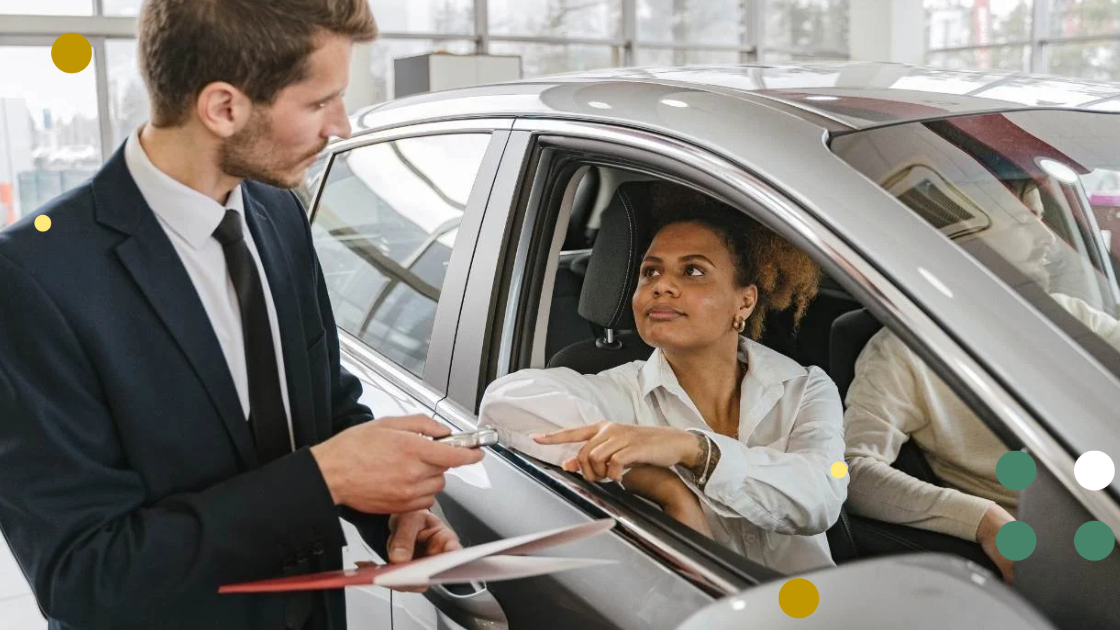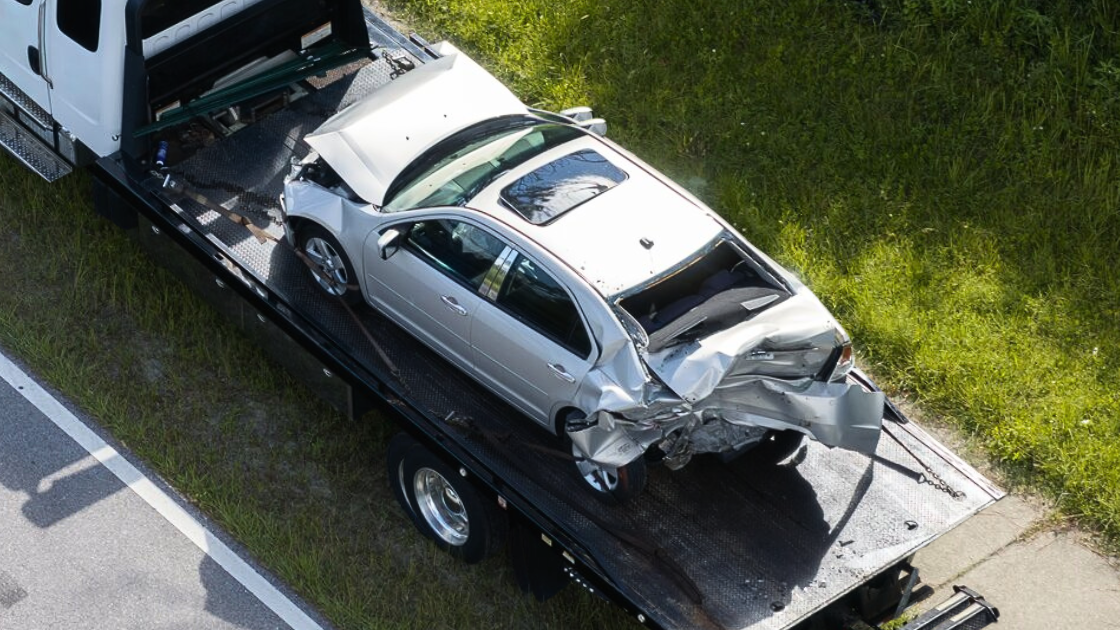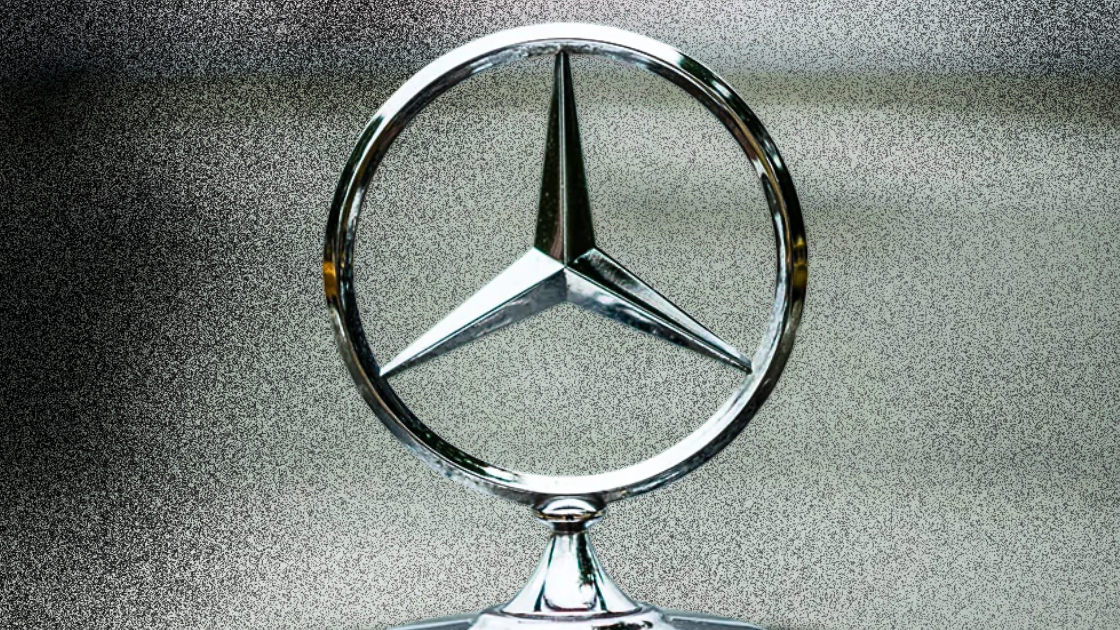
Brett Sutherlin, Lexus of Montgomery
While other dealers fight for used cars at wholesale auctions, Southeast dealer principal Brett Sutherlin is doubling down on the one source he can fully control: his own vehicle service and repair centers.
“If we could buy a car out of the service drive that Mr. and Ms. Smith own, and they bought it new from us, and we pay… two or three thousand more for that car than MMR (a popular tool that provides wholesale vehicle valuations), we have a story,” Sutherlin said on a recent episode of Daily Dealer Live. “And stories sell.”
Why it matters: Used car inventory remains tight.
Off-lease volume is still well below normal, and clean 1- to 3-year-old cars are hard to come by.
And even though wholesale pricing has cooled slightly since early April, the best units are still competitive.
Dealers bidding against CarMax and Carvana often pay well above MMR as well to land desirable inventory. And by the time transport and reconditioning are factored in, preserving profit margins becomes more challenging.
So, Sutherlin decided to take control of the entire process—starting with repair orders (ROs).
How it works: Sutherlin’s Toyota store in Montgomery, AL, writes around 3,000 repair orders a month.
Nearly every vehicle that comes through service gets appraised, and the customer receives a real offer to sell or trade before any work is done.
When the customer shows up, the offer is already in hand and ready to be presented alongside the repair estimate.
“The biggest obstacle was automation,” he said. “If you’re having to write an offer on 3,000 cars, it’s impossible.”
So, his team built custom software. Every night, the system pulls VINs from the next day’s appointments, appraises each vehicle, and adjusts the offer based on inventory needs and retail performance.
If the store is short on Highlanders, the system increases the bid. If the lot is full, the number comes in lower. The pricing engine leans on real retail turn (not just auction data) to make the right call.
By the time the service drive opens, advisors have printed offers for each scheduled customer ready to go.
There’s no need to ping a manager. No need to wait for the desk to pencil numbers. The offer is already approved and ready to present.
And once the offer is generated, it stays in the service lane.
“We are finding that the advisor has more credibility when they're presenting the offer,” Sutherlin said.
The advisor already has the relationship. They’re walking through the inspection, reviewing the RO, and guiding the next step. Presenting an offer to buy the car fits naturally into that moment, especially when the repair bill is steep.
To support the model, Sutherlin restructured pay. Advisors earn full commission on the quoted repair (even if the customer trades in the vehicle) in addition to a $200 acquisition bonus.
“You’ve got advisors who understand the math,” he said. “Why not get paid on the trade instead of trying to sell a $3,000 repair?”
The result: Sutherlin’s group now acquires roughly 350 used cars per month across three rooftops almost exclusively through the service drive.
The vehicles they’re bringing in have local history, consistent maintenance records, and no surprises.
These are units the store sold, serviced, and knows inside and out.
“When we can show [customers] that Lexus of Montgomery sold and serviced the vehicle from day one, with documented maintenance and no accidents, they step up too,” Sutherlin said.
Sales teams don’t need to justify pricing with vague third-party data. The story is the unique selling point. And for customers, the peace of mind drives stronger close rates.
“I don’t care if we make a thousand on the front or if we lose a thousand on the front,” he said. “As long as we earn the customer, they’re going to service with us—they’re going to come back.”
Bottom line: Used inventory is constrained, but the opportunity inside the service drive is constant. Sutherlin built a system that captures that value at scale, and it’s paying off.
Outsmart the Car Market in 5 Minutes a Week
No-BS insights, built for car dealers. Free, fast, and trusted by 95,000+ auto pros.
Subscribe now — it’s free.
Courtesy transportation is no longer a nice-to-have.
It’s a need-to-have.
That’s why 80% of dealership respondents agree that providing courtesy rides with Uber has helped retain customers, based on Uber’s survey of 79 organizations in 2023.
With Central, you can request an Uber ride on behalf of your customers, even if they don’t have the Uber app. Car dealerships love using Uber because it’s a simple way to offer white-glove customer service, supplement loaner cars or shuttles, and manage parts pickup and delivery.
Dealers can request one-way or round-trip rides, add multiple riders and locations, set spend caps, and even monitor trips in real time.
Plus, you'll get monthly reports to keep track of everything.
If you’re ready to reduce the costs associated with maintaining shuttles and limit the liability of loaner vehicles, it's time to partner with Uber for Business.
Visit t.uber.com/CDGauto today to learn more.











